Snøhetta designs ’Mapplethorpe + Munch’ show and book for Oslo’s Munch Museum
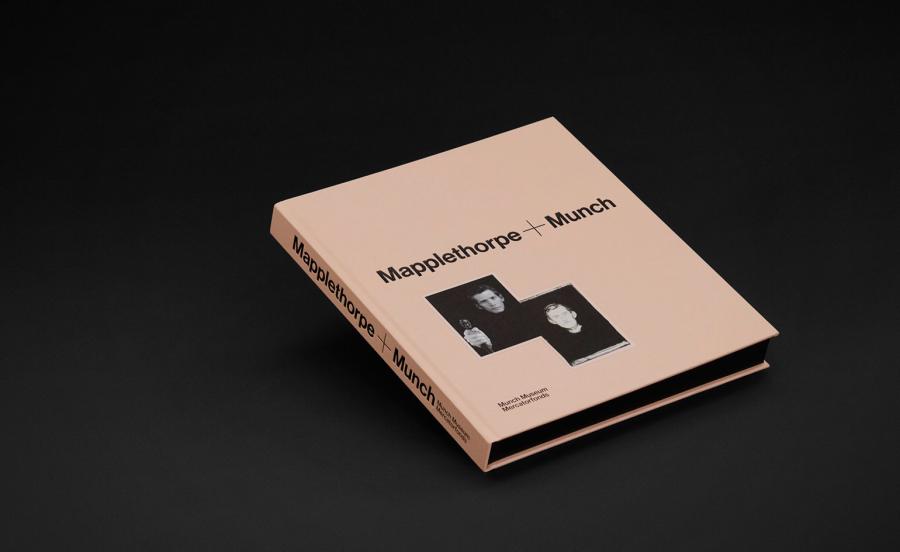
The unexpected and previously unexplored parallels between the work of Edvard Munch and Robert Mapplethorpe are the subject matter of a new exhibition – ’Mapplethorpe + Munch’ – at Oslo’s Munch Museum, designed by international architecture and brand design firm Snøhetta.
The fourth in an ambitious series of six ’+ Munch’ exhibitions at the Norwegian museum, this latest installments marks perhaps the most surprising – if not most ‘contemporary’ – pairing yet (previous ’+ Munch’ dialogues have featured the work of Munch-era artists like Van Gogh and Vigeland). But despite their many differences, similarities arise between the Norwegian expressionist painter and the American photographer, due in great part to the medium in which they are presented.
Both the exhibition and the catalogue follow the flow of curator Jon-Ove Steihaug’s essay, which compares and contrasts the two artists. To begin the exhibition, Snøhetta have created a cleansing threshold of large-scale, shredded banners. Emblazoned with the exhibition’s title, the banner’s graphic, bold black and white lettering plays with perspective as you pass through, making the once clear title an abstract and near indistinguishable start. ‘The transition from ordinary life into the fictitious world of art thus becomes both a sensory and mind-cleansing experience,’ explains the design firm.
Colour plays an active role throughout the exhibition itself; not in the traditional sense of the art (most all of the 141 photographs of Mapplethorpe’s on show are in black and white, with only a sparing few of Munch’s 95 pieces employing colour) but in the walls on which it hangs. A deep blueish-grey tint serves as the main canvas, contrasted sharply by the fleshy pink hue of the first room and exit. Partition walls running parallel with the longest walls of the museum are painted white, in sharp juxtaposition with the sombre black walls that accommodate the most controversial images on show.
Also responsible for the design of an accompanying catalogue, Snøhetta have devised a concept that mirrors the exhibition’s bold colour choices, most readily on the cover. The same pink tint of the entrance features here, balanced with the shredded banner’s graphic font in debased black foil and double portrait. The inner layout features images gravitating towards the bottom of the pages, with generous space above allowing the contrasts in both artists’ work to stand clear. Technical information at the back of the book gains a new, textural dimension with the use of matte paper.
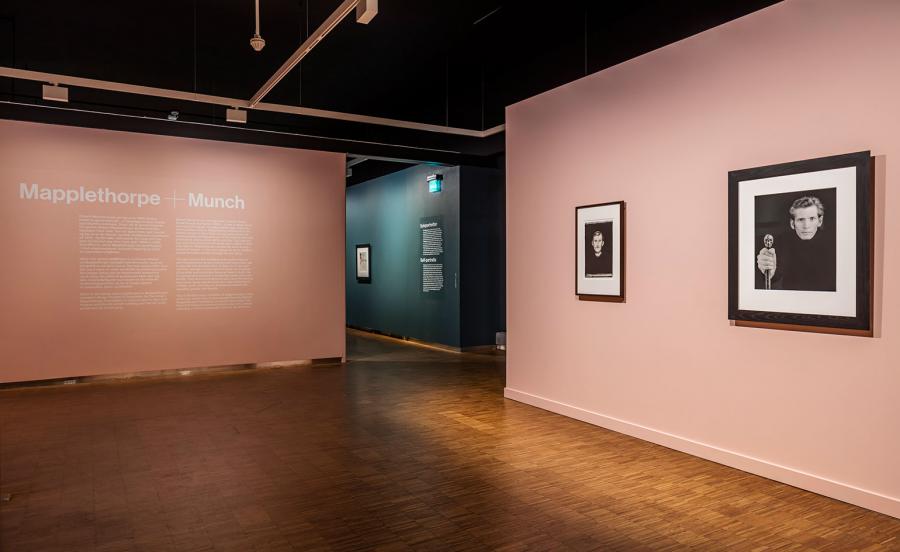
Both the exhibition and the catalogue follow the flow of an essay by curator Jon-Ove Steihaug, which compares and contrasts the two artists.
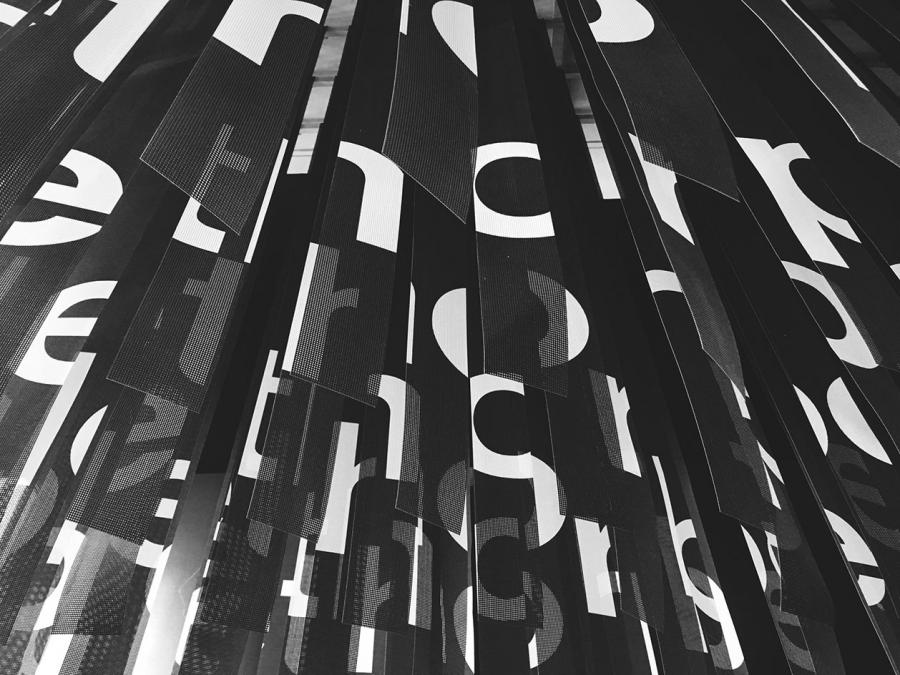
To begin the exhibition, Snøhetta have created a cleansing threshold of large-scale, shredded banners. ‘The transition from ordinary life into the fictitious world of art thus becomes both a sensory and mind-cleansing experience,’ they explain.
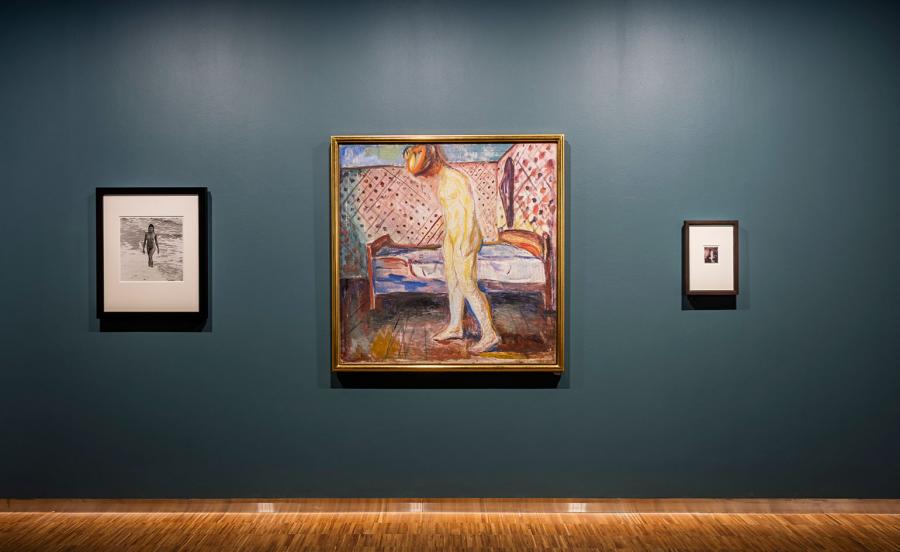
Colour plays an active role throughout; not in the traditional sense of the art, but in the walls on which it hangs. A deep blueish-grey walls serve as the main canvas of the exhibition, contrasted sharply by the fleshy pink hue of the first room and exit.
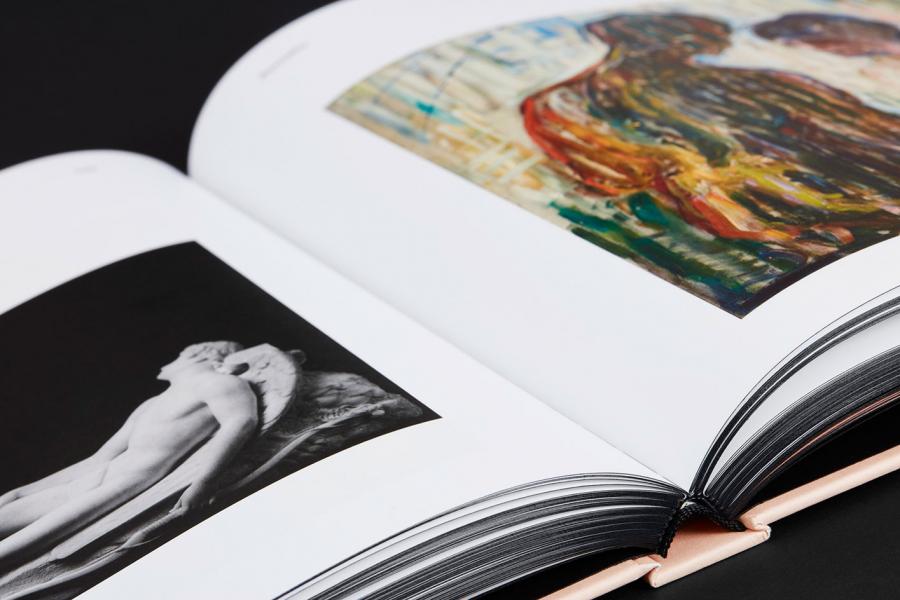
The inner layout of the accompanying catalogue features images gravitating towards the bottom of the pages, with technical information at the back of the book gaining a new, textural dimension with the use of matte paper.

This is the first time the work of Munch and Mapplethorpe have been displayed in this way.
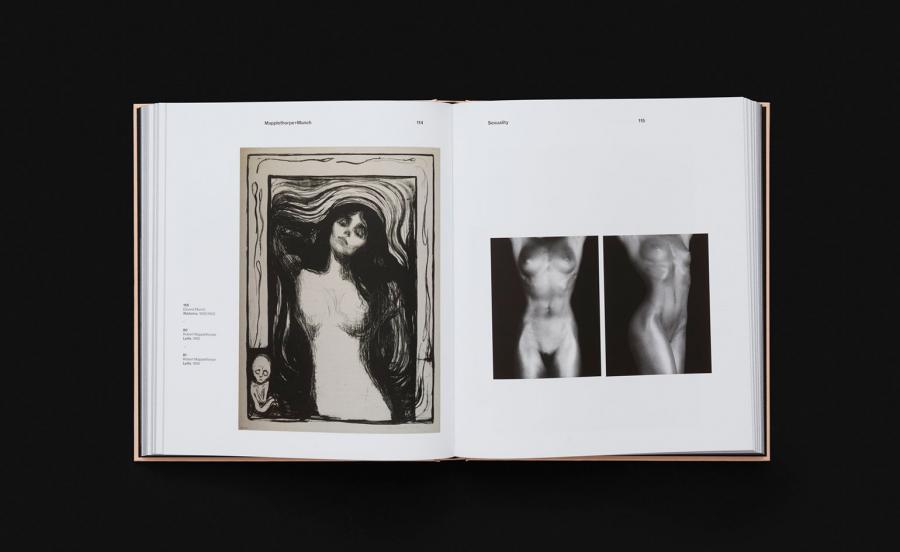
Also responsible for the design of an accompanying catalogue, Snøhetta have devised a concept that mirrors the exhibition’s bold colour choices.
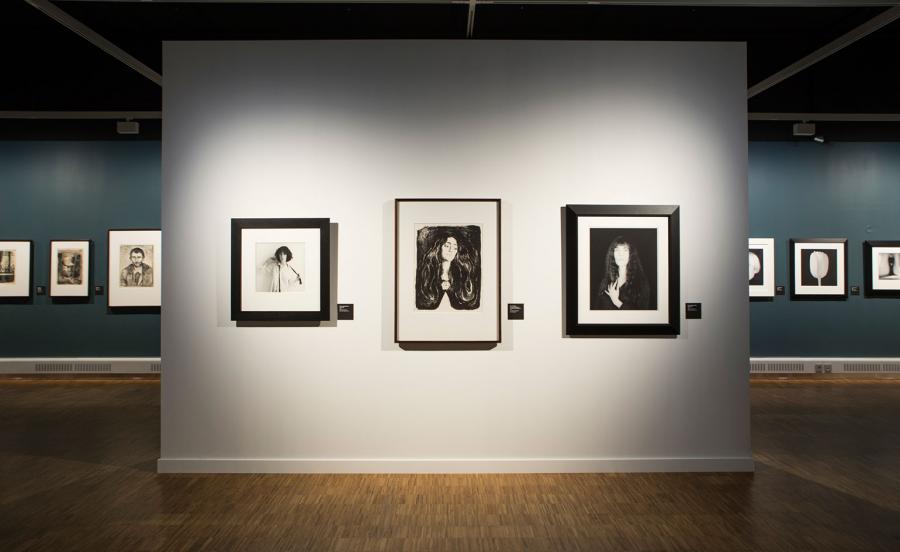
Partition walls running parallel with the longest walls of the museum are painted white.
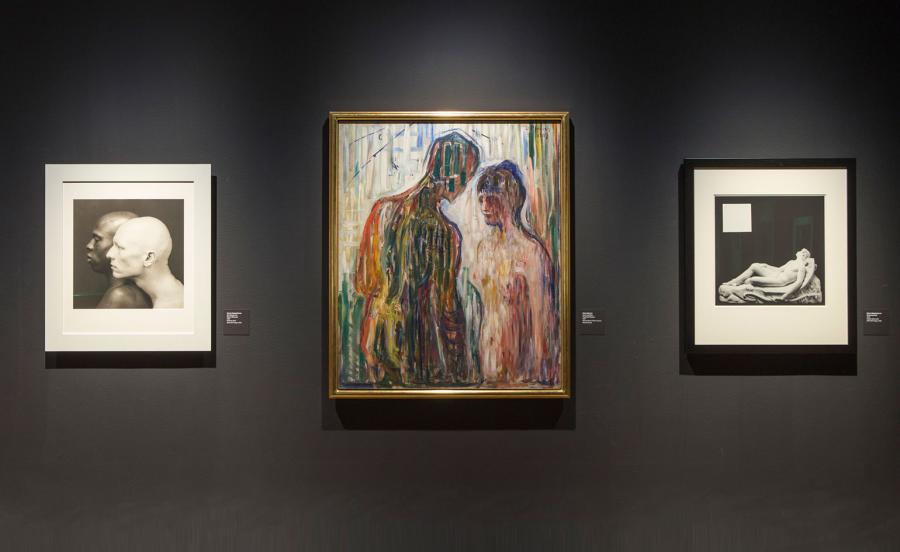
These sit in sharp juxtaposition with the sombre black walls that accommodate the most controversial images.
INFORMATION
’Mapplethorpe + Munch’ is on view until 29 May. For more information, visit the Munch Museum’s website
Wallpaper* Newsletter
Receive our daily digest of inspiration, escapism and design stories from around the world direct to your inbox.
ADDRESS
Munch Museum
Tøyengata 53
0578 Oslo
-
 Sotheby’s is auctioning a rare Frank Lloyd Wright lamp – and it could fetch $5 million
Sotheby’s is auctioning a rare Frank Lloyd Wright lamp – and it could fetch $5 millionThe architect's ‘Double-Pedestal’ lamp, which was designed for the Dana House in 1903, is hitting the auction block 13 May at Sotheby's.
By Anna Solomon
-
 Naoto Fukasawa sparks children’s imaginations with play sculptures
Naoto Fukasawa sparks children’s imaginations with play sculpturesThe Japanese designer creates an intuitive series of bold play sculptures, designed to spark children’s desire to play without thinking
By Danielle Demetriou
-
 Japan in Milan! See the highlights of Japanese design at Milan Design Week 2025
Japan in Milan! See the highlights of Japanese design at Milan Design Week 2025At Milan Design Week 2025 Japanese craftsmanship was a front runner with an array of projects in the spotlight. Here are some of our highlights
By Danielle Demetriou
-
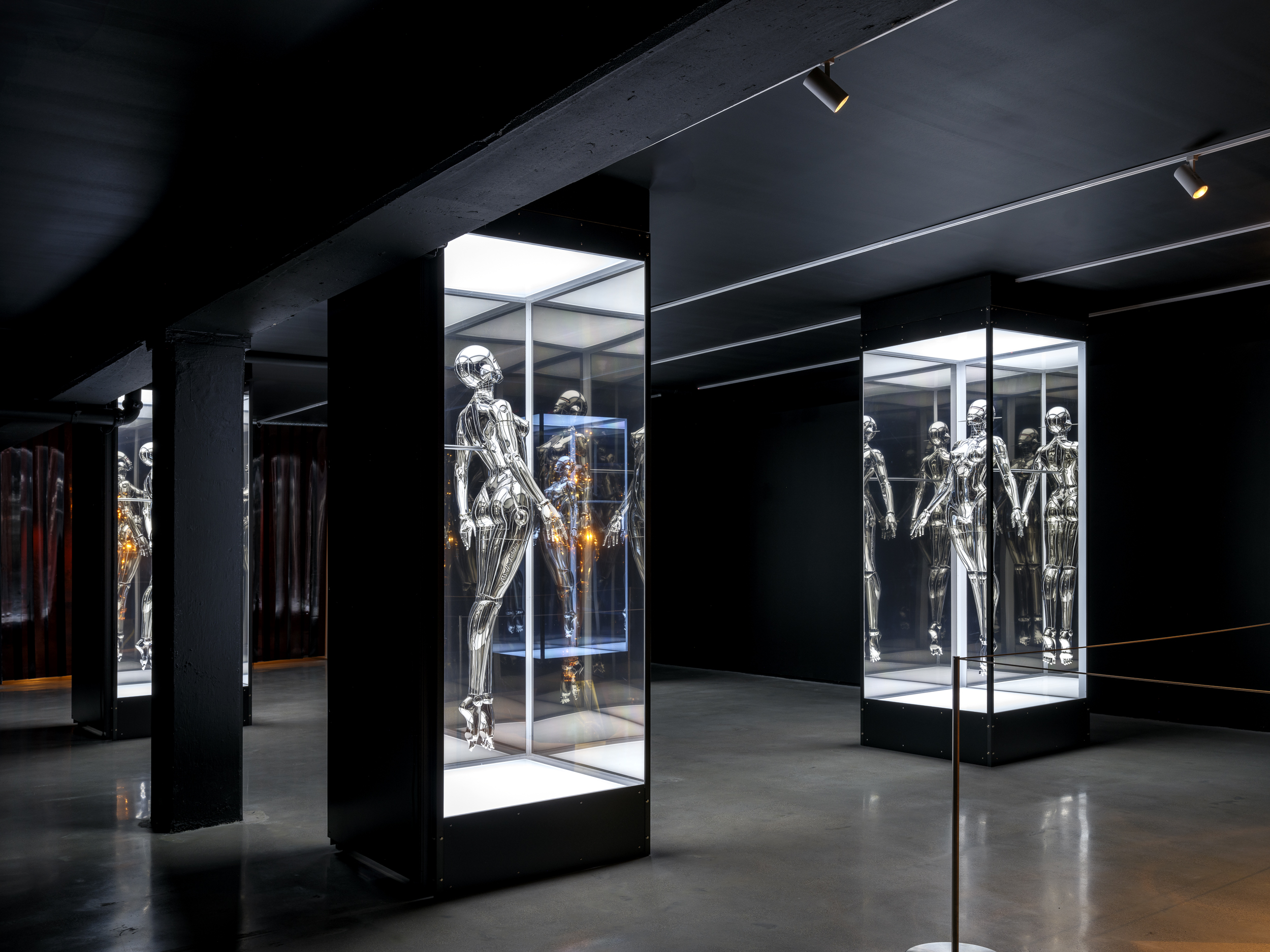 Miami’s new Museum of Sex is a beacon of open discourse
Miami’s new Museum of Sex is a beacon of open discourseThe Miami outpost of the cult New York destination opened last year, and continues its legacy of presenting and celebrating human sexuality
By Anna Solomon
-
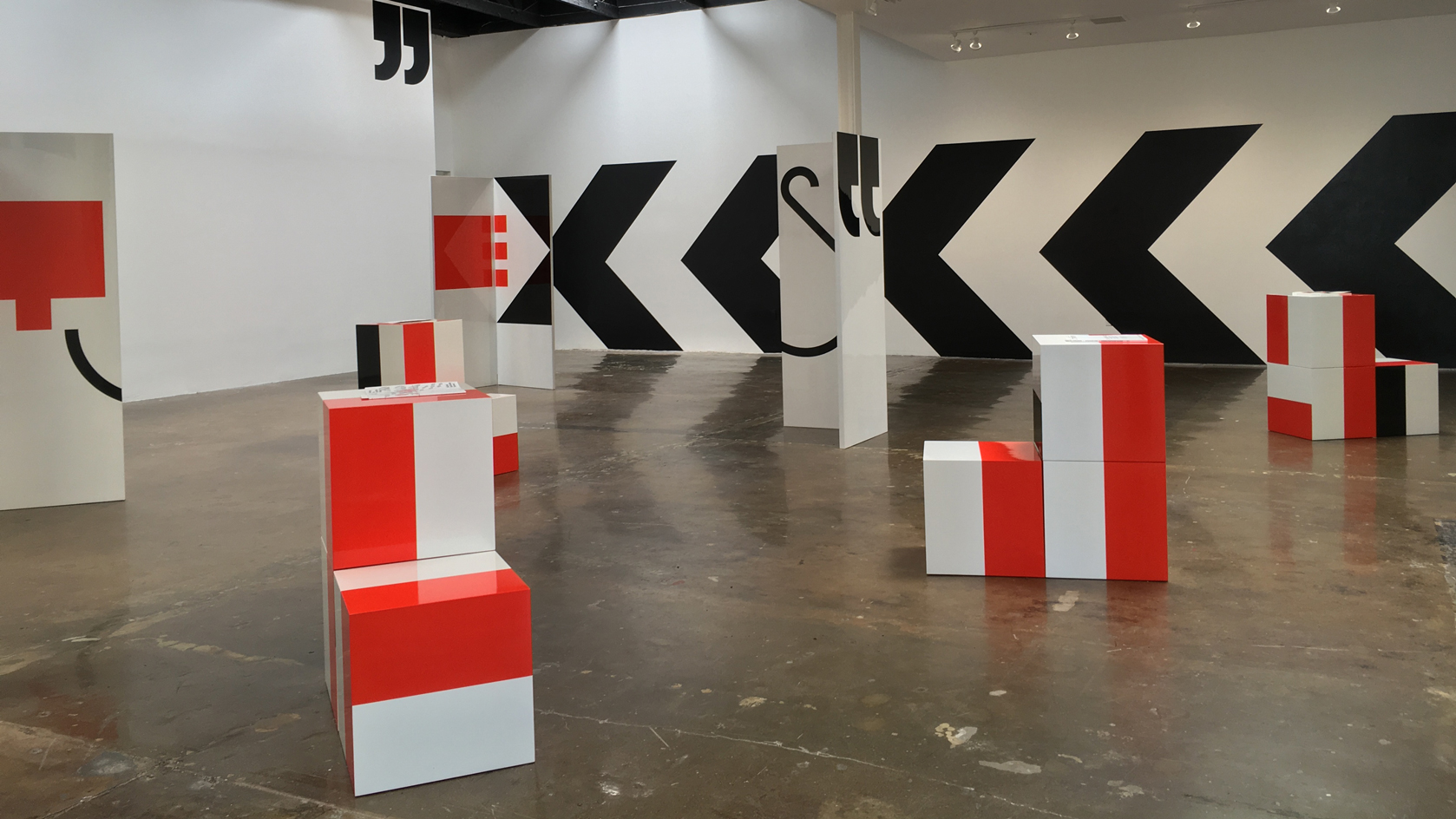 Supergraphics pioneer Barbara Stauffacher Solomon: ‘Sure, make things big – anything is possible'
Supergraphics pioneer Barbara Stauffacher Solomon: ‘Sure, make things big – anything is possible'94-year-old graphic designer Barbara Stauffacher Solomon talks radical typography, motherhood, and her cool welcome for St Moritz
By Jessica Klingelfuss
-
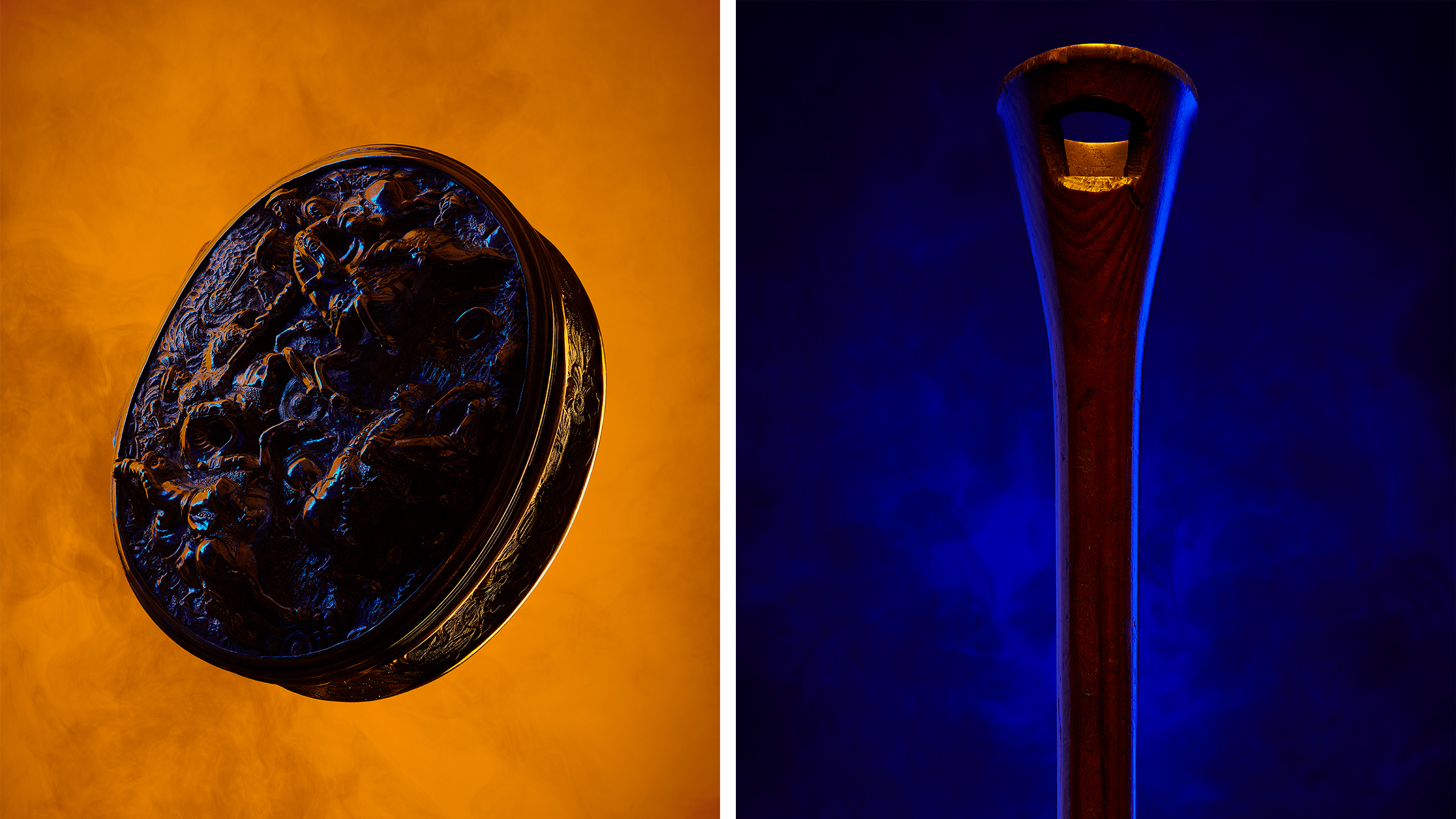 Royal College of Physicians Museum presents its archives in a glowing new light
Royal College of Physicians Museum presents its archives in a glowing new lightLondon photography exhibition ‘Unfamiliar’, at the Royal College of Physicians Museum (23 January – 28 July 2023), presents clinical tools as you’ve never seen them before
By Martha Elliott
-
 Museum of Sex to open Miami outpost in spring 2023
Museum of Sex to open Miami outpost in spring 2023The Museum of Sex will expand with a new Miami outpost in spring 2023, housed in a former warehouse reimagined by Snøhetta and inaugurated with an exhibition by Hajime Sorayama
By Harriet Lloyd-Smith
-
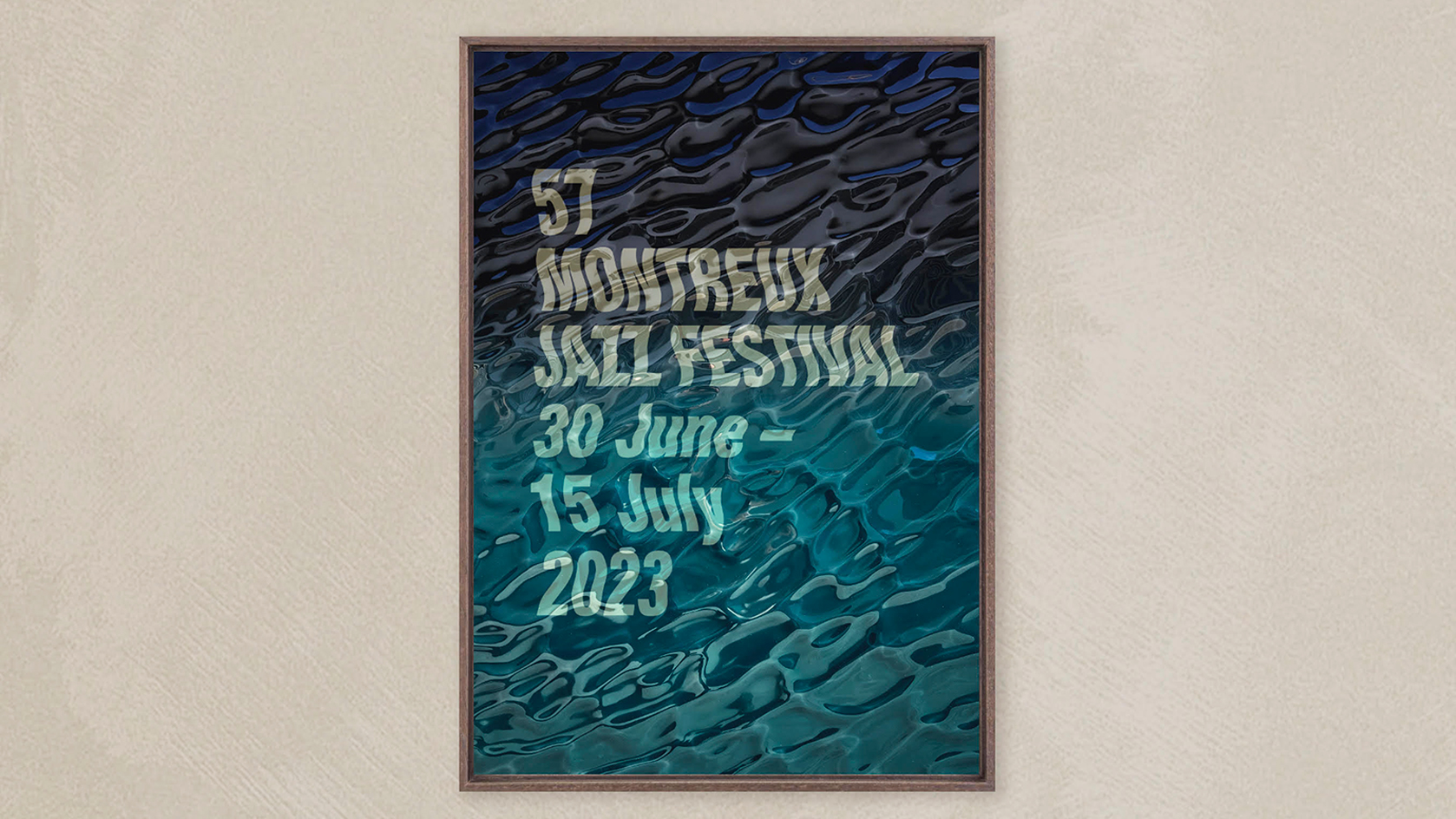 Montreux Jazz Festival posters: a visual history
Montreux Jazz Festival posters: a visual historyAs artist Guillaume Grando (SupaKitch) unveils his poster for the 57th Montreux Jazz Festival (30 June - 15 July 2023), we reflect on the most memorable designs since 1967, including from David Bowie to Andy Warhol and Camille Walala
By Harriet Lloyd-Smith
-
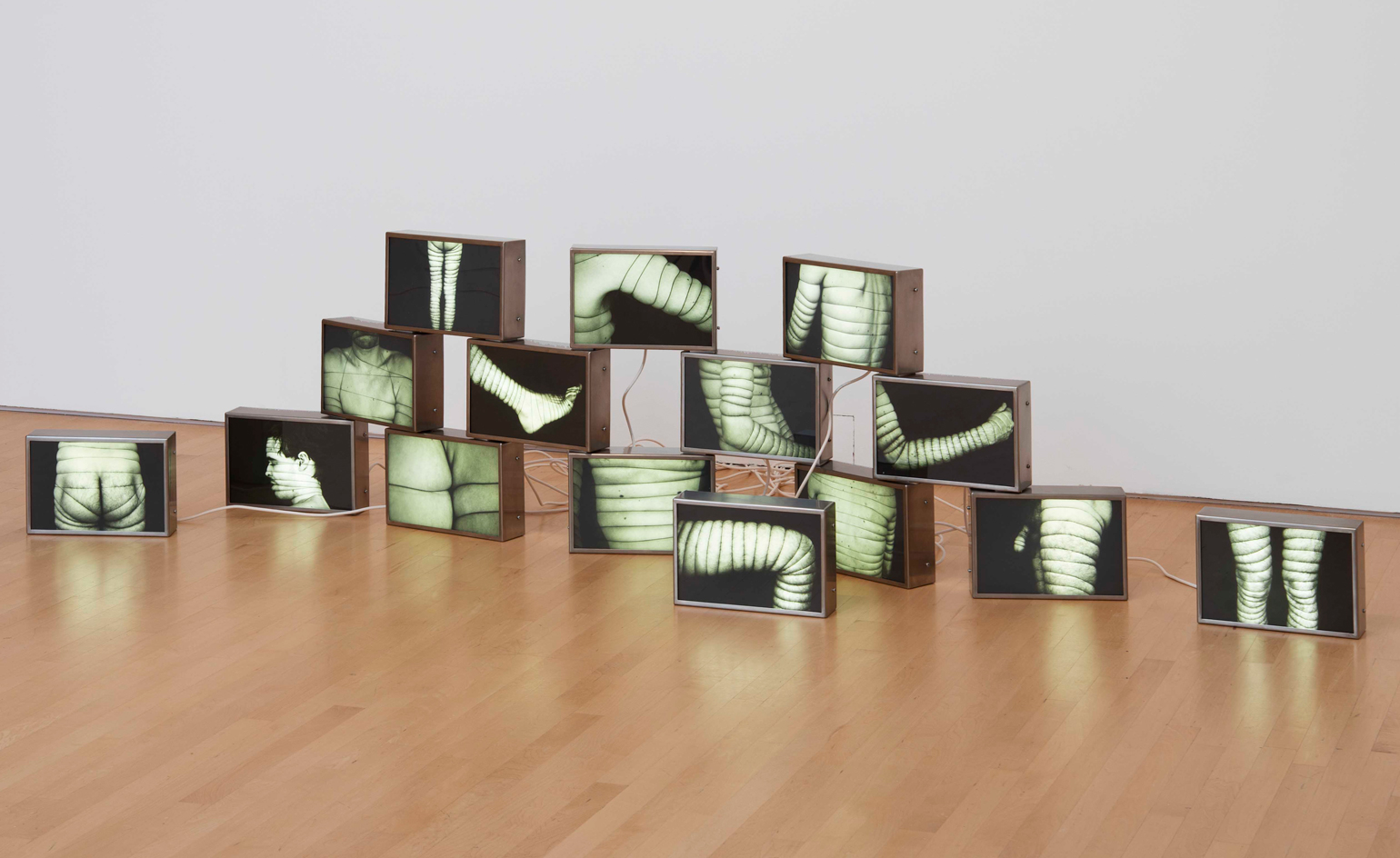 AA Bronson on the radical, enduring legacy of General Idea
AA Bronson on the radical, enduring legacy of General IdeaGeneral Idea, an art group that pioneered a queer aesthetic, is celebrated in a retrospective at the National Gallery of Canada (opened during Pride Month and running until 20 November 2022). Surviving member AA Bronson speaks about their origins, and impact on art and social justice
By Benoit Loiseau
-
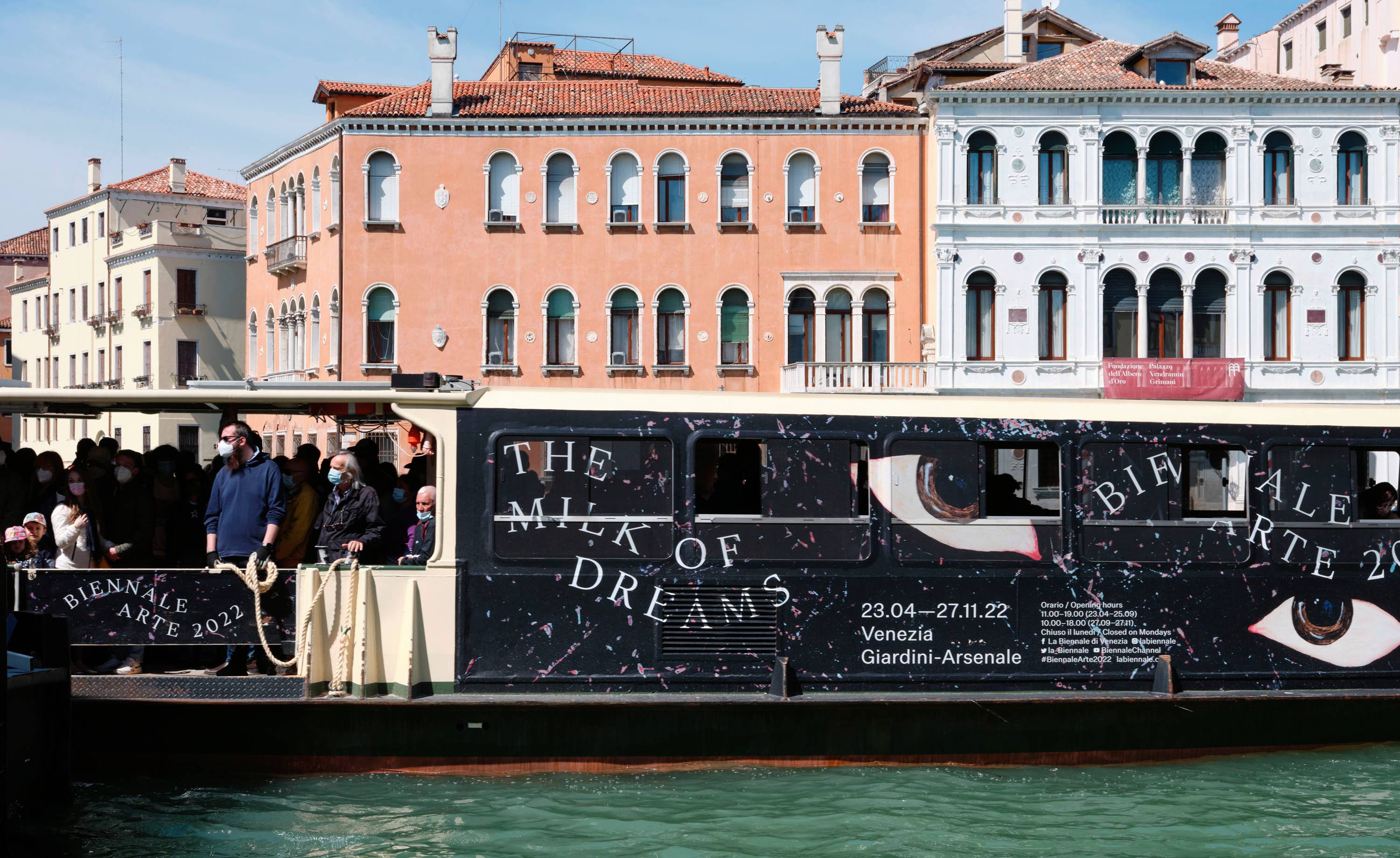 A Practice for Everyday Life gives 59th Venice Biennale a richly surreal graphic identity
A Practice for Everyday Life gives 59th Venice Biennale a richly surreal graphic identityLondon-based graphic design studio A Practice for Everyday Life (APFEL) gives an otherworldly identity to the surrealism-infused 59th Venice Biennale theme ‘The Milk of Dreams’
By Jonathan Bell
-
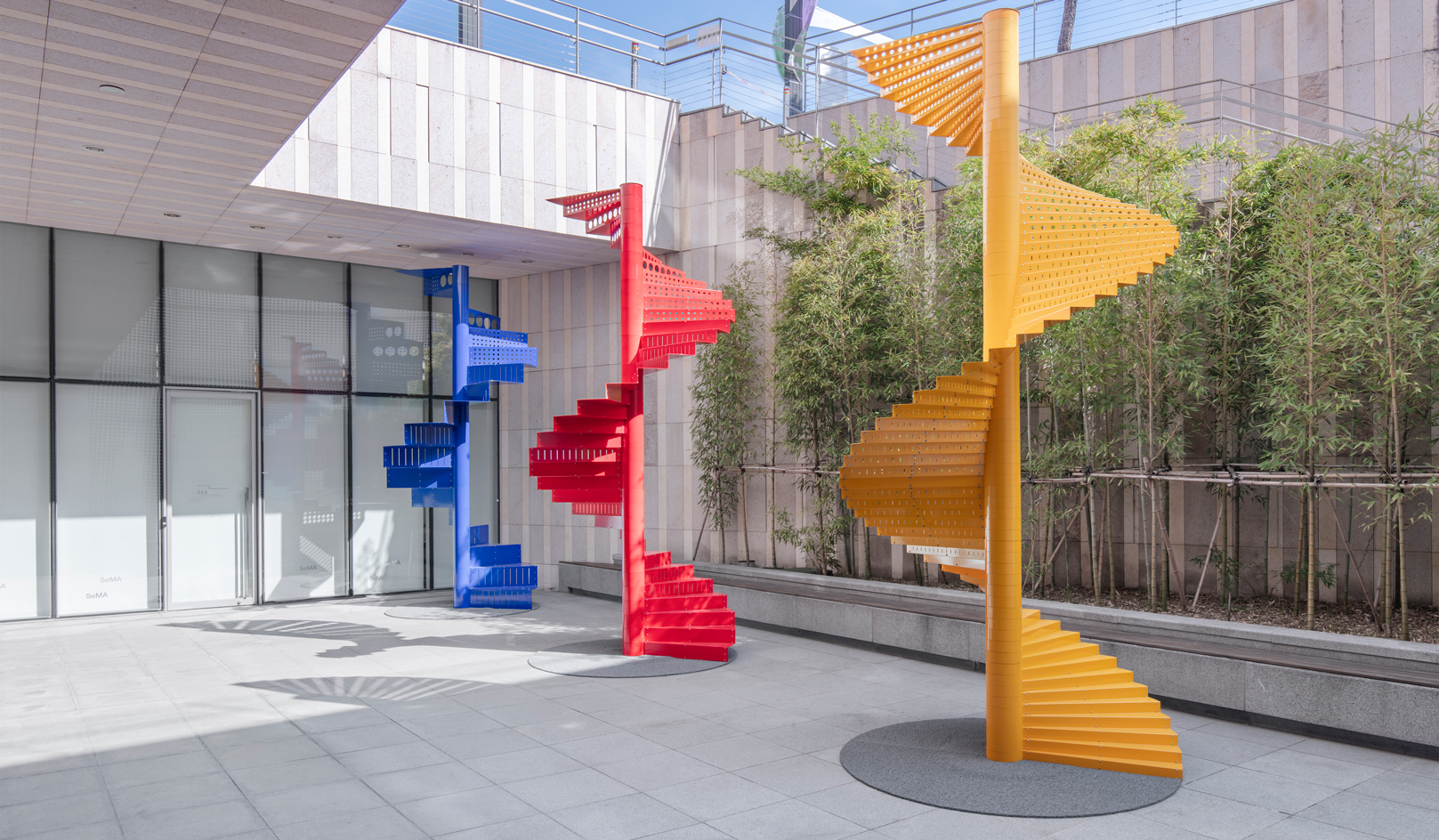 Inside Na Kim's vibrant playground for all ages
Inside Na Kim's vibrant playground for all agesSouth Korean graphic designer Na Kim's ‘Bottomless Bag’, installed at Buk-Seoul Museum of Art, is a vivid, geometrical exploration of memory and everyday objects. We offer a virtual tour and find out how the concept came to be
By Andy St Louis